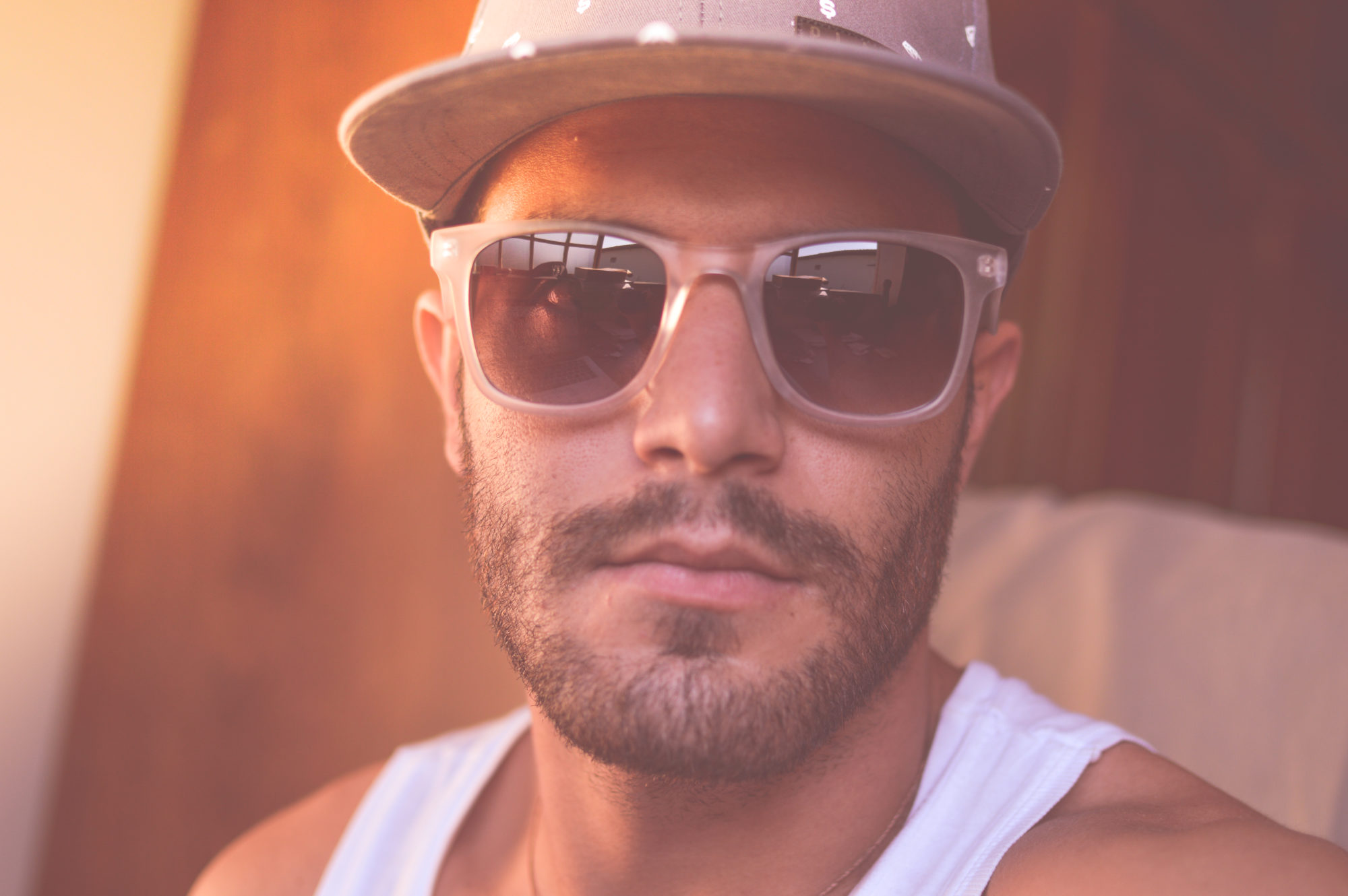
Influencer marketing is cemented in the imagination of today’s brands and businesses. The concept of a ‘seal of approval’ has infiltrated social media as a means to convince people that a product or service is exactly what they’re looking for. It’s a natural step in consumerism, and it’s been going on for centuries, albeit in different forms.
A little perspective doesn’t hurt; in fact, it can support the essential truisms of an influencer marketing campaign, proving that our buying psychology has always been led by individuals. This is the story of how influencers evolved with the times…
The birth of modern endorsement
In eras gone by, the strongest thumbs-up a product could receive was its use by the governing force in people’s lives. In Britain, the royal family offered inspiration in all sorts of matters, including fashion and dining etiquette. Fine cutlery, clothes and decorations were scrutinised by the public – there was a keen demand to find the tailors and tradesmen who outfitted them, particularly amongst the aristocracy.
However, the playing field was levelled somewhat by the growing trend for trade cards in the last quarter of the 1800s. They were initially circulated to advertise a salesman’s credentials, but colour printing made them more artful, and families would amass them as a regular pastime. Soon enough, famous sport and silent movie stars began appearing on the cover, holding the product in their hand.
Communication gains steam
During the advent of radio and magazines, celebrity influencers were approached with huge sums of money, asked to endorse companies via new technology. Comedians like Charlie Chaplin had a wealth of affection to play off. They could convince people that a brand of cigarette, for instance, was the best experience you could hope to buy. As such, images and soundbites of celebrity endorsement were rife.
Television added an even greater visual impact. Companies could fund entire programmes, with “And now a word from our sponsors…” slipping into the language of trusted talk show hosts. Nothing was sacred in the 1950s and 60s – primetime cartoons were targeted, featuring beer brands and cleaning products in the storyline. The idea of associating oneself with a valued cultural influencer, fictional or otherwise, had taken hold.
Passing the celebrity baton
TV ads were at their most sensational during the 80s and 90s. Some of them became events unto themselves, like the bid for a Superbowl half-time commercial, which still costs millions of dollars. Stars like Janet Jackson, Michael Jordan and the Italian model Fabio Lanzoni enriched their sponsors’ social currency by proclaiming a genuine love for them, implying that their fans could be just as successful with the right purchase in the bag.
This celebrity worship became stale, though, as oversaturation coincided with the rise of social media platforms. Instead of listening to the recommendations of distant, superhuman icons, companies have found that the public is far more engaged with their digital circle, seeing them as ‘equals’. Essentially, modern influencers lessen the gap between consumers and brands, making campaigns all the more effective.
Influencers aren’t new, but their profile and role has certainly evolved. Billion Dollar Boy is at the forefront of developments in influencer marketing, helping brands seize this trend to speak directly to young male audiences. Want to find out how? Visit our website to see how we work.